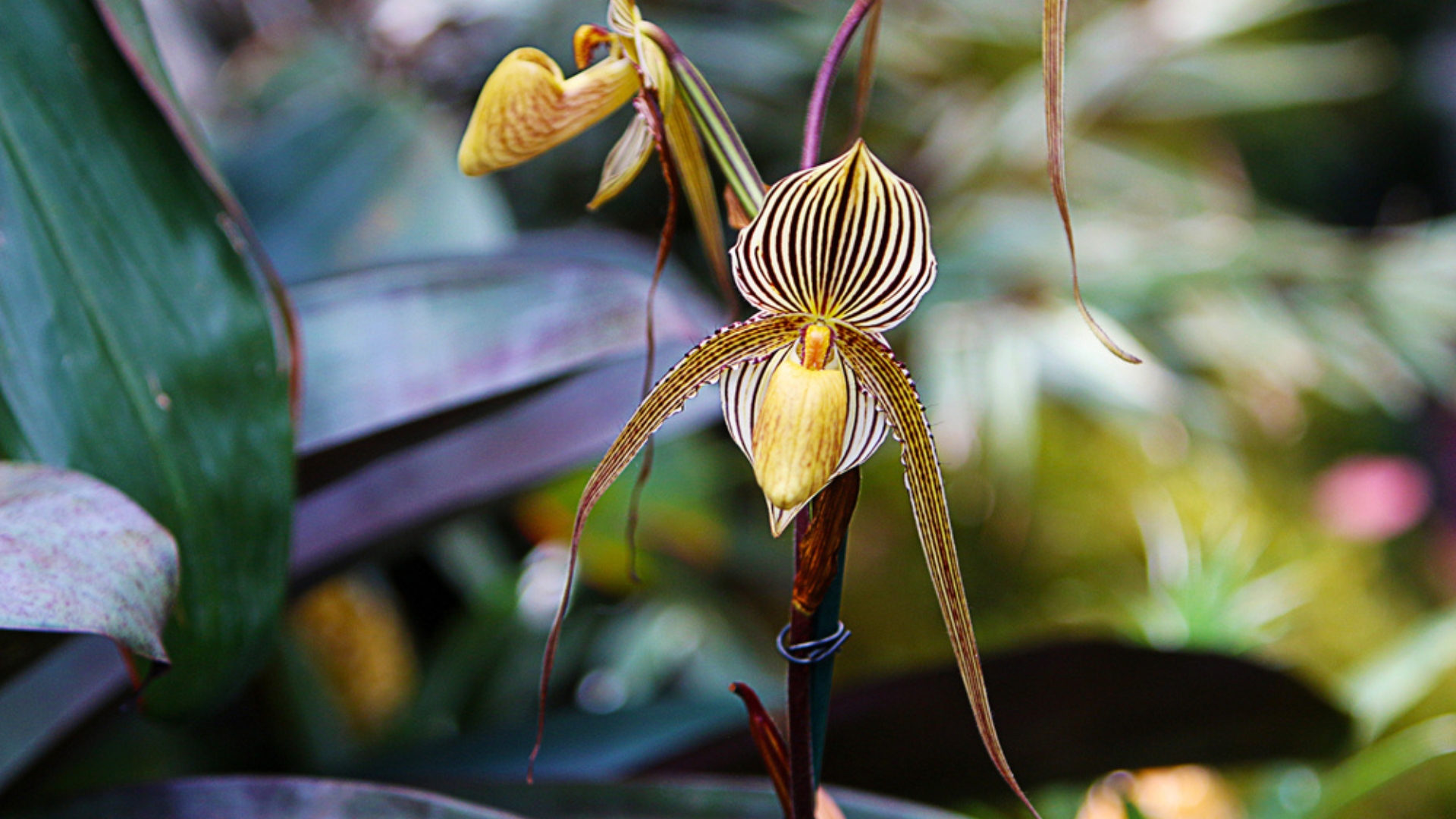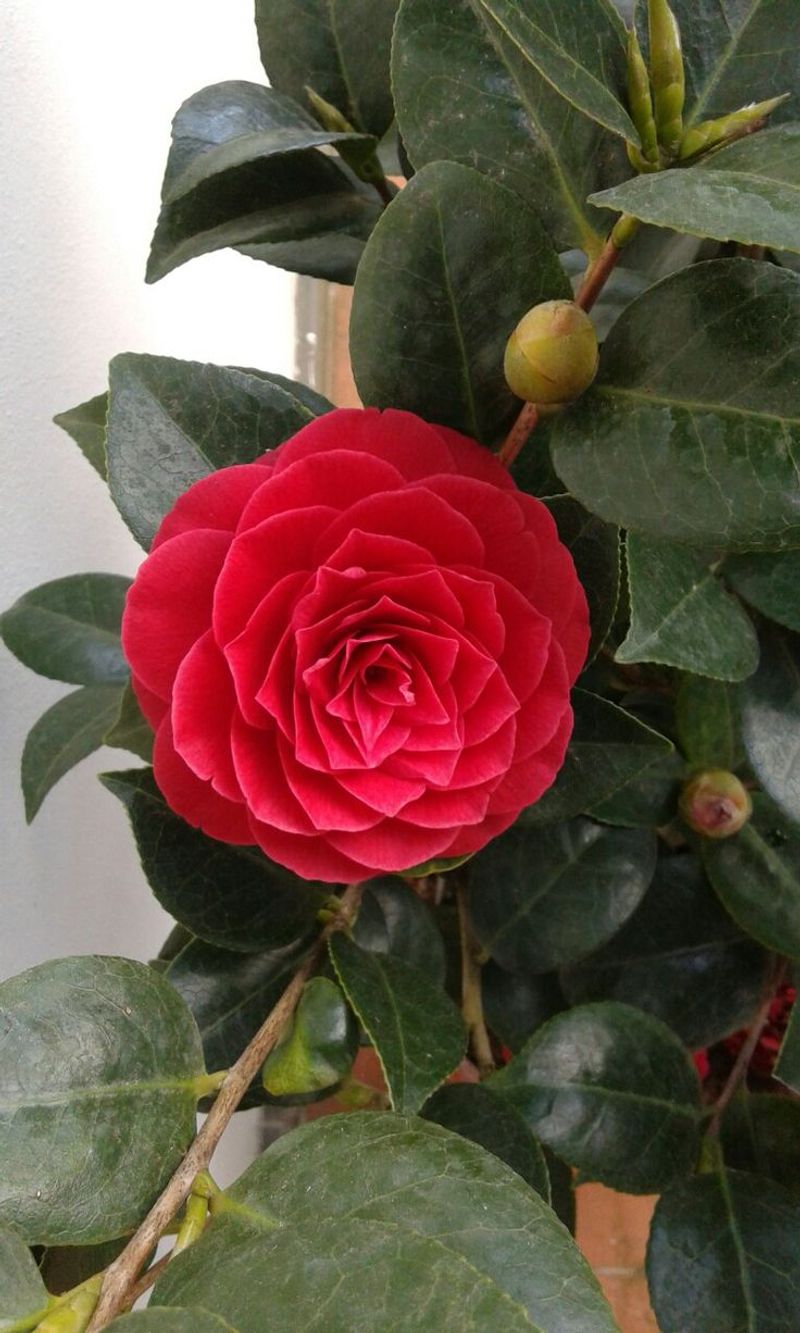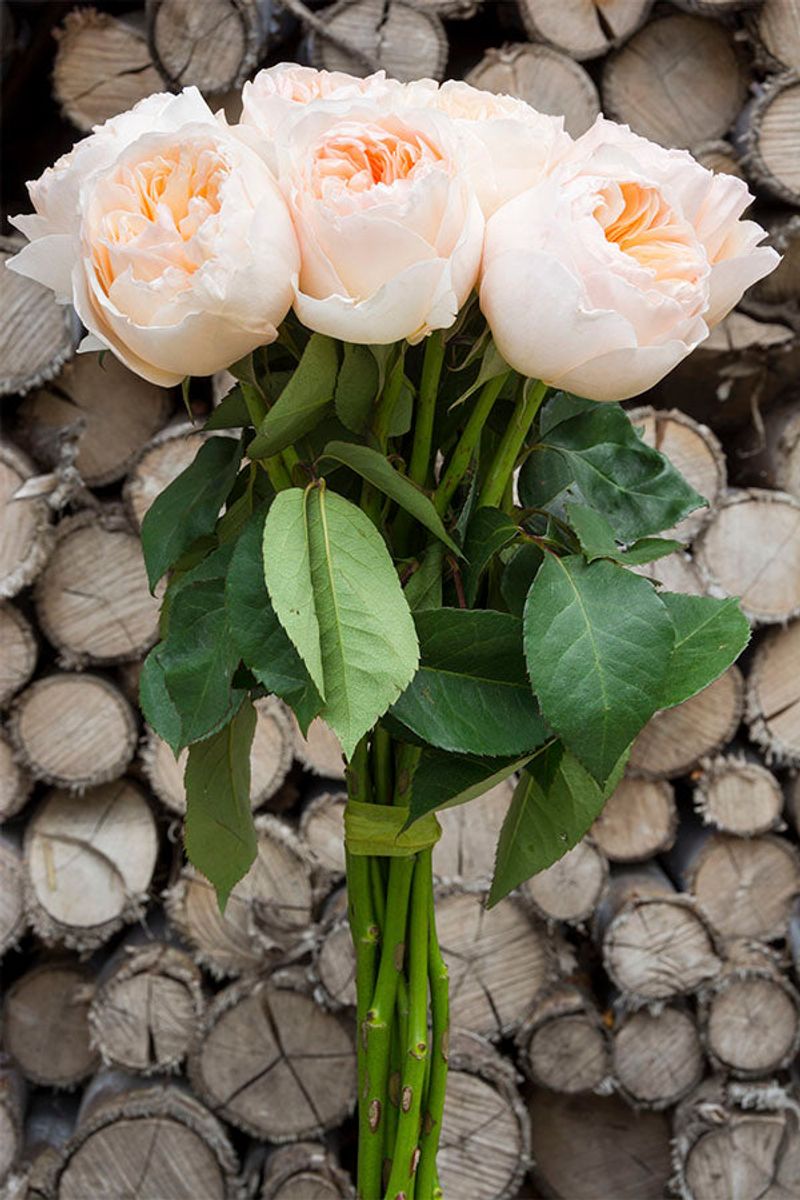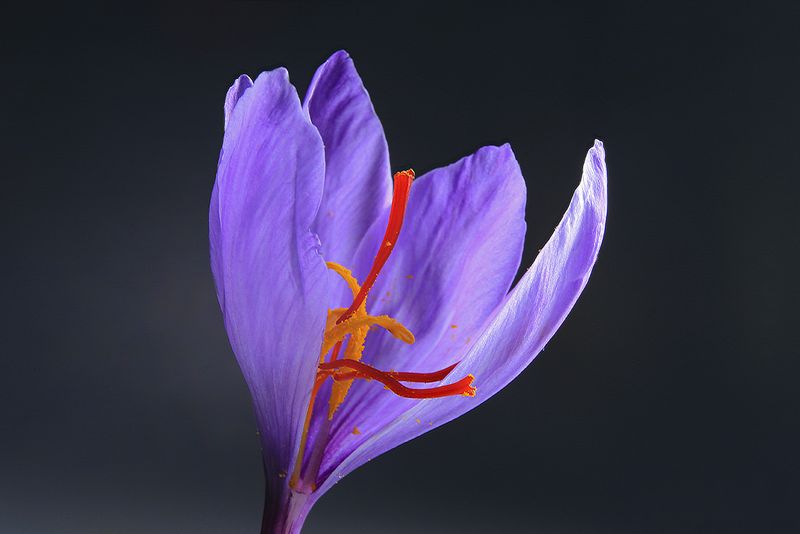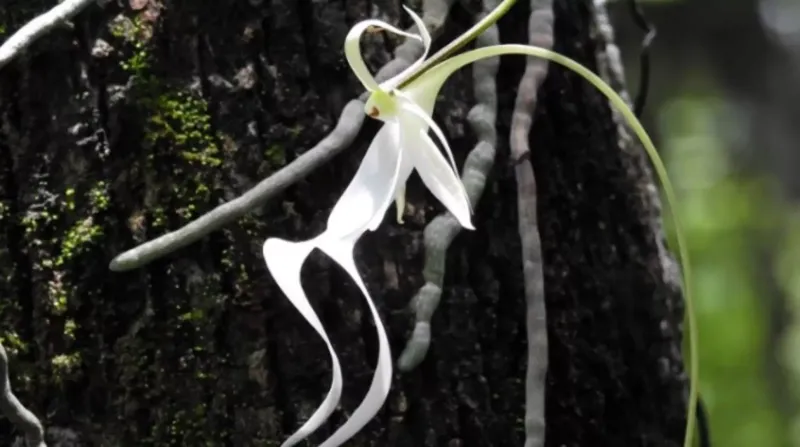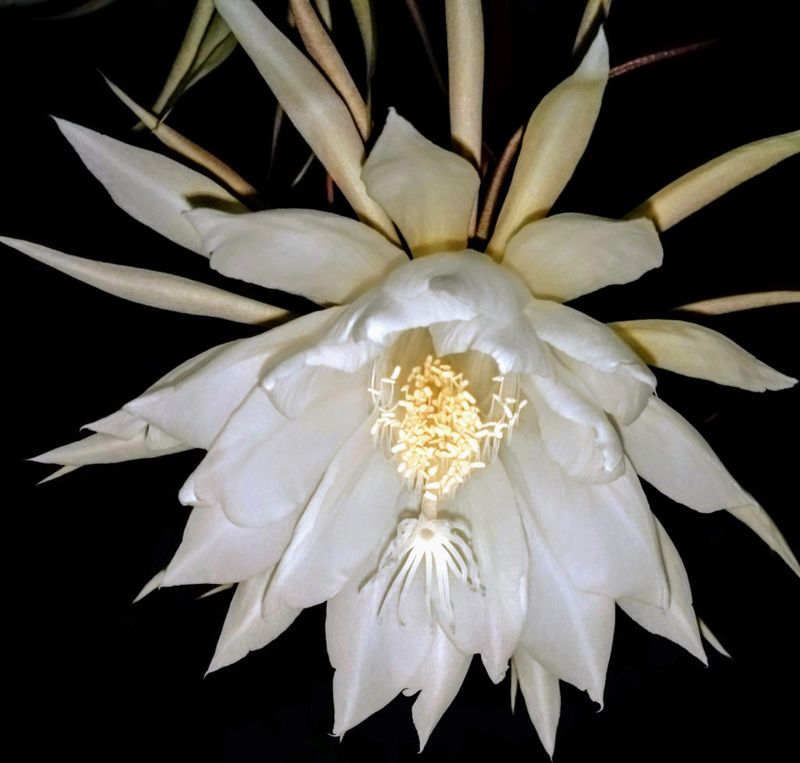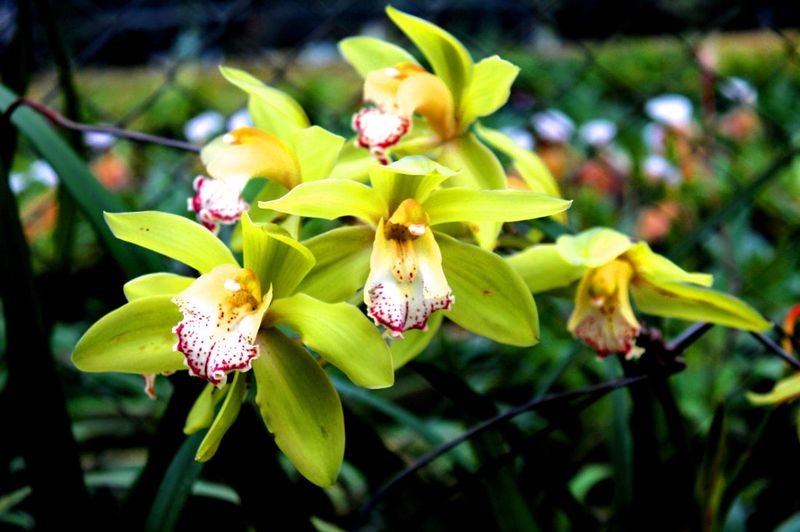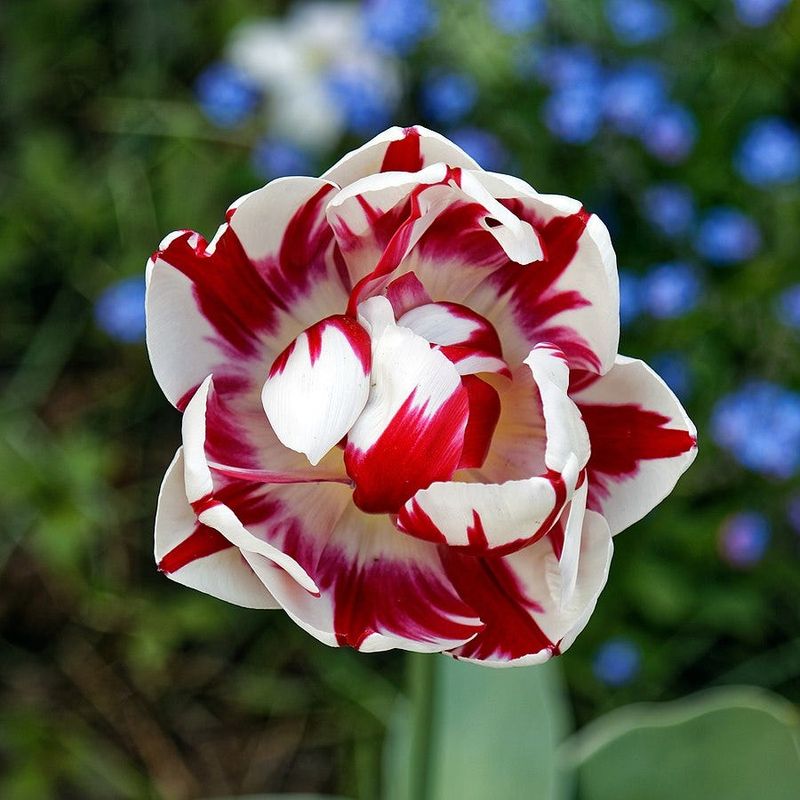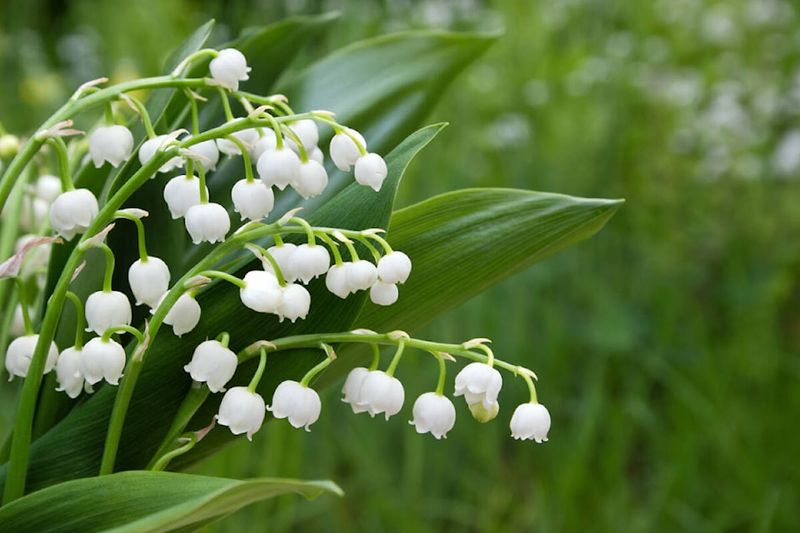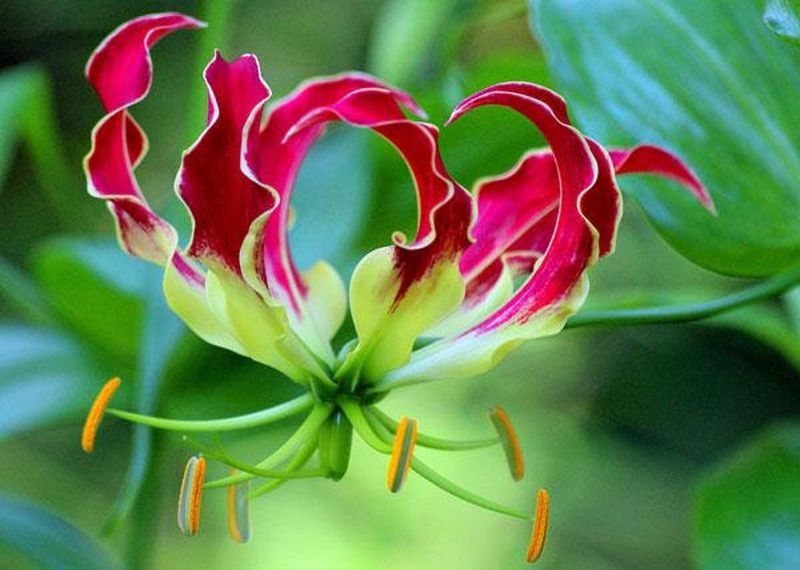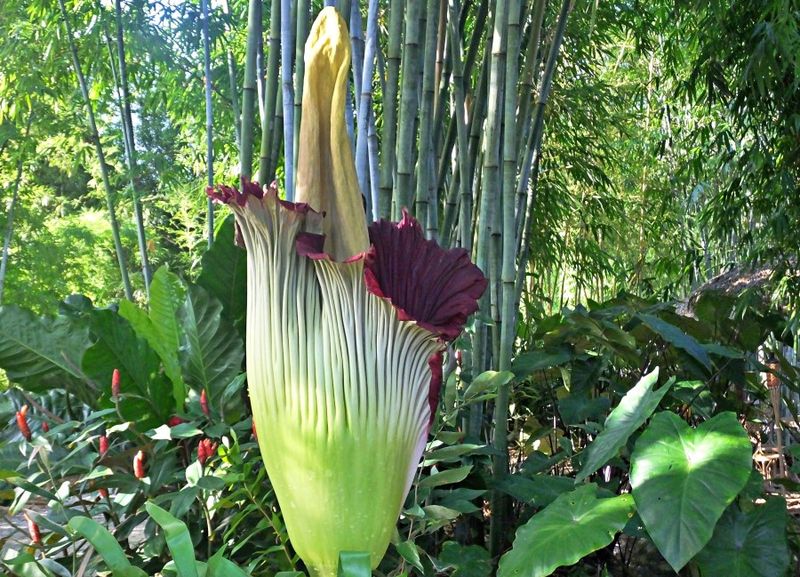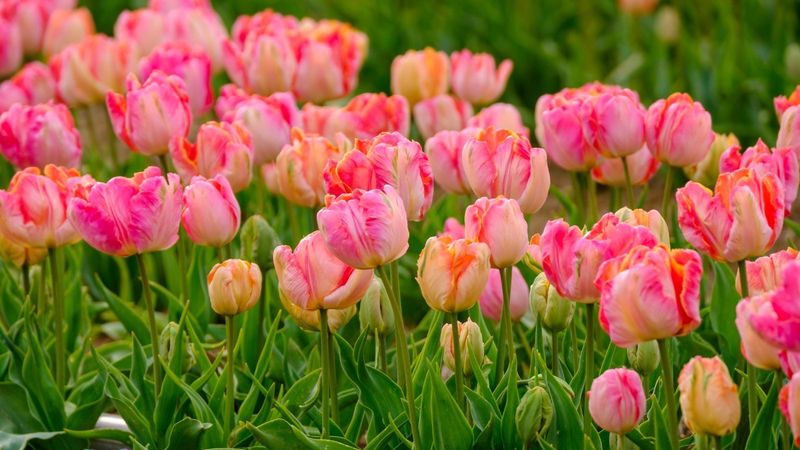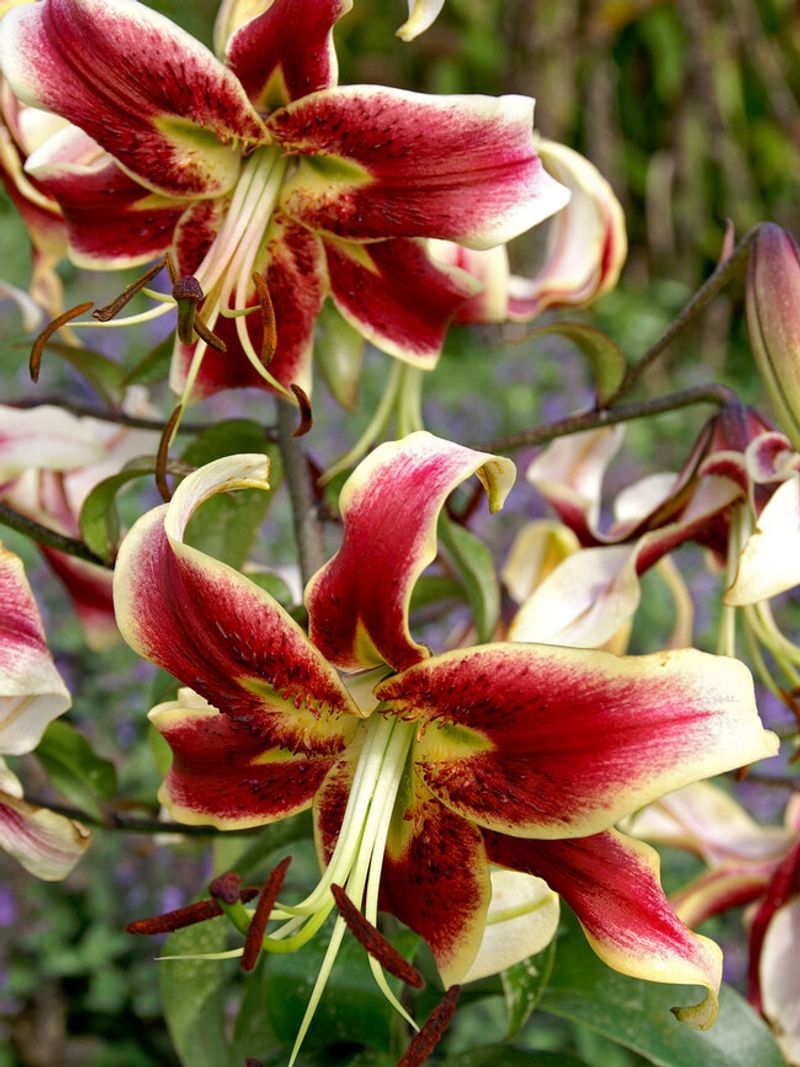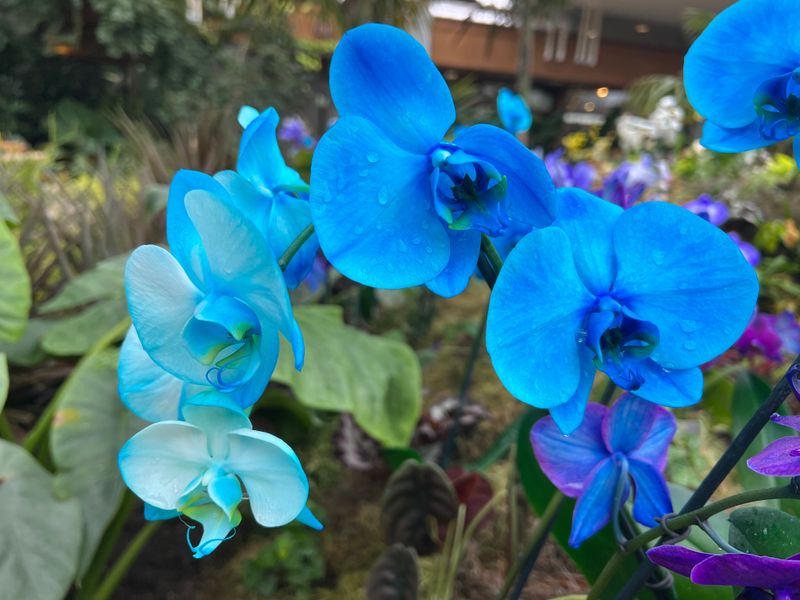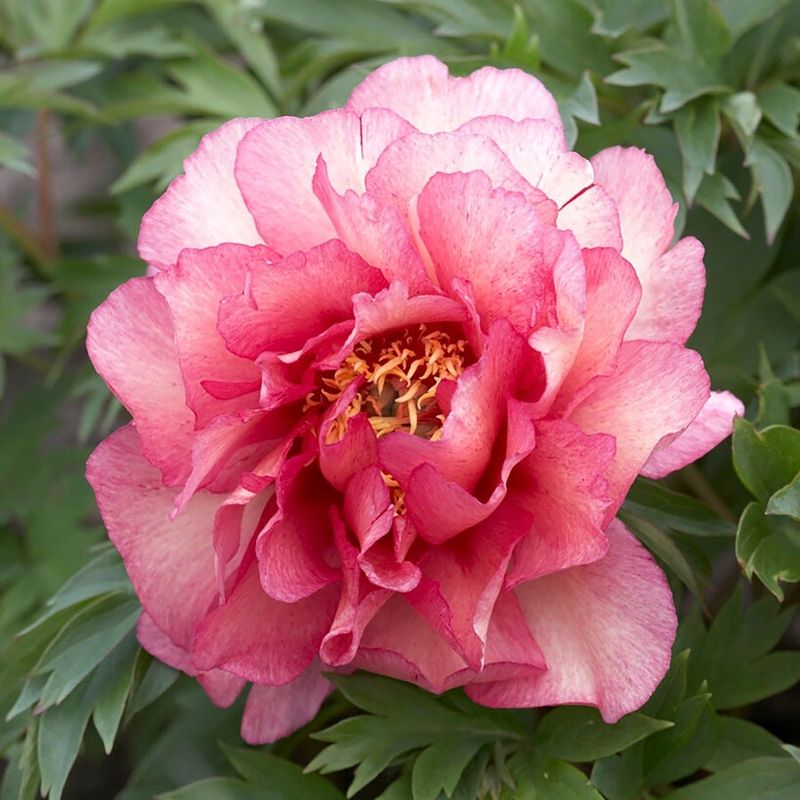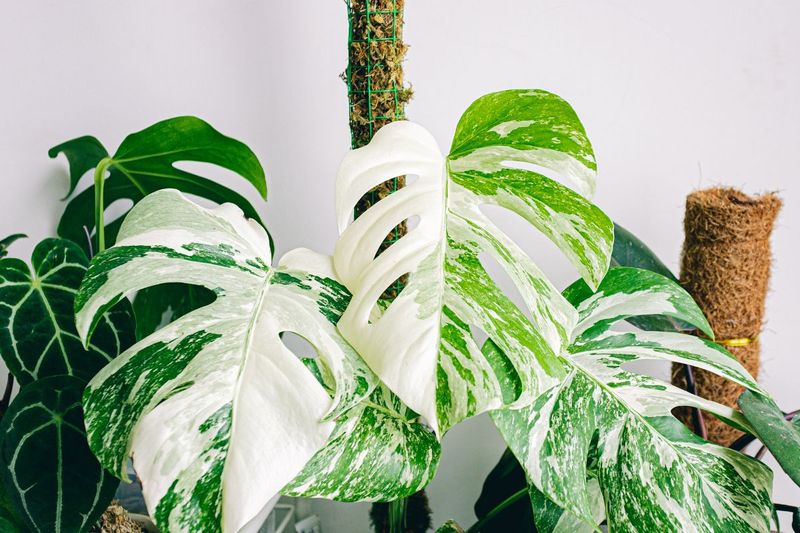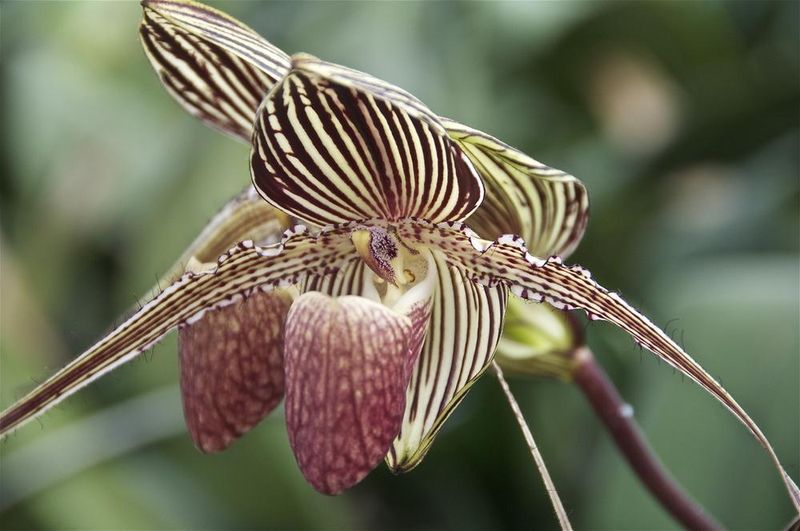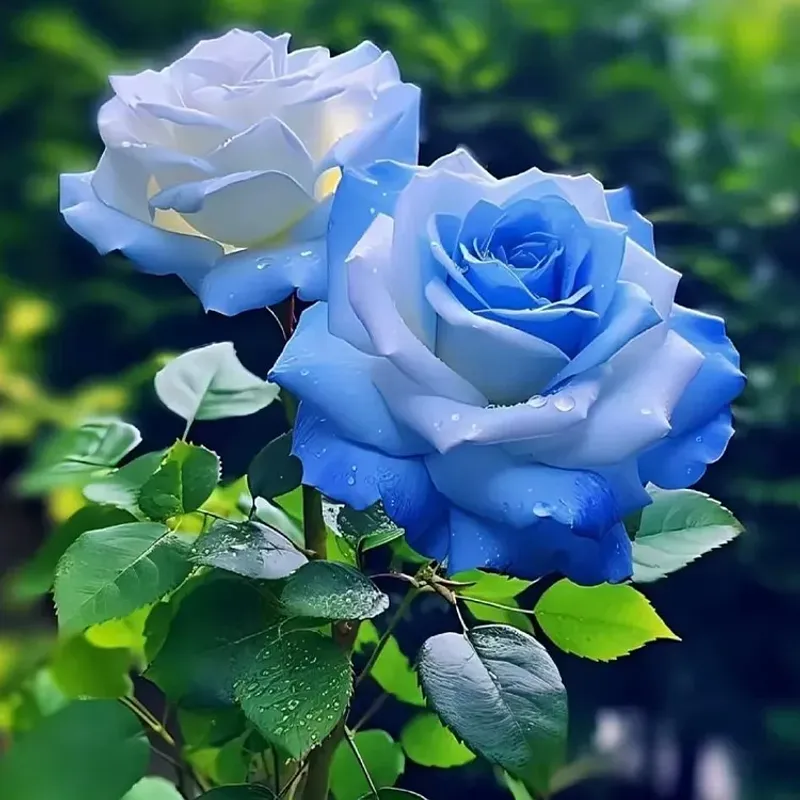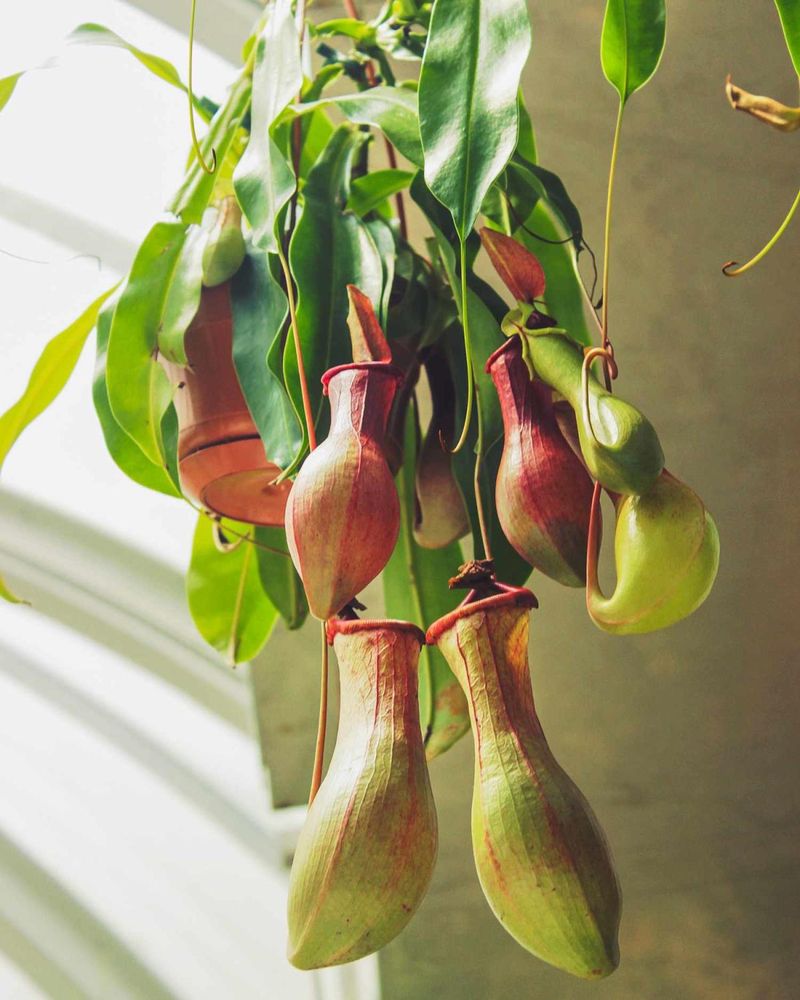Dreaming of a picture-perfect garden? Watch out for these wallet-draining blooms that promise beauty but deliver headaches. Some flowers might look stunning in catalogs but can quickly turn into money pits requiring special care, frequent replacements, or costly maintenance. From fussy orchids to temperamental roses, these pricey petals might leave both your garden and bank account in shambles.
1. Middlemist Red Camellia
Only two known examples of this flower exist in the world today, making it practically impossible to acquire legitimately. If you somehow managed to get your hands on one, the pressure of maintaining such a rare botanical treasure would be overwhelming.
Garden enthusiasts have reportedly spent fortunes trying to recreate the growing conditions this temperamental beauty demands. The special soil mixture alone costs hundreds, not to mention the climate-controlled environment it requires year-round.
The worst part? Despite your investment, this camellia blooms briefly and unpredictably.
2. Juliet Garden Rose
Created by renowned rose breeder David Austin, these peachy-pink blooms cost upwards of $15 per stem and require a small fortune to fill even a modest garden bed. Their delicate nature means you’ll be replacing dead plants regularly, turning your garden into a money pit.
Blackspot disease seems magnetically attracted to these beauties, forcing you to invest in specialty fungicides that cost more than dinner at a nice restaurant. The maintenance schedule is relentless – specific fertilizers, precise pruning, and constant pest management.
Friends might ooh and aah at their gorgeous cupped blooms, but they won’t see the hours of labor and hundreds of dollars vanishing into these temperamental divas.
3. Saffron Crocus
The world’s most expensive spice comes from these pretty purple flowers, but growing them is financial madness. Each flower produces just three red stigmas – the actual saffron – meaning you’d need hundreds of plants to harvest even a small amount.
Garden centers charge premium prices for these bulbs, knowing full well that squirrels and chipmunks consider them gourmet meals. You’ll spend more protecting them from wildlife than the saffron would cost to buy outright at the store.
The real kicker? These flowers bloom for merely a week in fall, leaving you with unremarkable foliage the rest of the year.
4. Ghost Orchid
Coveted by collectors willing to pay thousands, these rare orchids create a maintenance nightmare in home gardens. Their ghostly white blooms might look ethereal, but the specialized growing environment will haunt your bank account for years.
Unlike typical houseplants, ghost orchids demand customized humidity chambers, specialized lights, and water filtration systems. The electricity costs alone for maintaining their precise conditions would make your monthly bills skyrocket.
Most heartbreaking of all? Despite your investment, these finicky flowers often refuse to bloom for years at a time. Your garden becomes a costly life-support system for plants that seem perpetually on vacation, leaving visitors wondering why you’ve dedicated so much space to what looks like glorified air plants.
5. Kadupul Flower
The legendary Kadupul cactus flower blooms for just a few hours in the middle of the night before withering away by dawn. Your expensive investment might bloom while you’re sound asleep, meaning you could miss the entire show you paid so dearly to witness.
Growing this Sri Lankan native requires importing specialized soil and building temperature-controlled enclosures that will drain your savings faster than a leaky faucet. The specific light cycles needed to encourage blooming mean installing programmable lighting systems that confuse the rest of your garden plants.
Garden parties become impossible to schedule around this diva’s unpredictable performance schedule. “Sorry friends, we might need to have midnight margaritas if the Kadupul decides to bloom tonight” becomes your new social reality, turning your garden into an expensive, inconvenient novelty.
6. Shenzhen Nongke Orchid
Scientists spent eight years developing this laboratory-created orchid that sold at auction for $202,000. The problem? It’s basically the orchid equivalent of a designer handbag – all status, minimal substance, and completely impractical for actual garden enjoyment.
Caring for this man-made marvel requires laboratory-grade equipment and specialized knowledge. The sterile growing environment means isolating it from your other plants, essentially turning part of your home into a scientific clean room at considerable expense.
The biggest disappointment comes when it finally blooms after years of expensive care. The flowers, while unusual, aren’t particularly spectacular to the untrained eye. Your non-gardening friends will wonder why you’ve dedicated a climate-controlled room to what looks like just another orchid when you could have bought hundreds of naturally beautiful plants instead.
7. Tulip ‘Semper Augustus’
During the Dutch “Tulip Mania” of the 1630s, a single Semper Augustus bulb sold for the price of a luxury Amsterdam canal house. Modern recreations of this red-and-white streaked beauty come with similar financial headaches – the virus that creates their distinctive pattern also weakens the plants.
These temperamental tulips demand annual replacement since the infected bulbs rarely perform well after their first season. Your garden becomes an expensive annual renovation project rather than a lasting investment. The specialty bulbs cost upwards of $50 each, making a modest display run into thousands.
Adding insult to injury, modern virus-infected tulips often produce disappointing blooms that barely resemble the historic paintings that inspired your expensive purchase.
8. Lily of the Valley
Those dainty white bells might look innocent, but they’re garden thugs wearing designer price tags. A small planting can cost hundreds, then rapidly spread to choke out everything else you’ve carefully cultivated. Their invasive nature means you’ll eventually spend more removing them than you did buying them.
Every part of these pretty troublemakers is highly toxic, making them dangerous around pets and children. The liability alone should make you think twice, not to mention the costly raised beds you’ll need to construct to contain their aggressive spreading.
The final blow? They bloom for just two weeks in spring, then leave you with unremarkable foliage for the remaining 50 weeks of the year. Your garden budget gets devoured by plants that spend most of their time looking like ordinary green groundcover while plotting their next territorial expansion.
9. Gloriosa Lily
The dramatic red and yellow flames of Gloriosa lilies come with an equally dramatic price tag of $10-20 per tuber. These tropical climbers demand heated greenhouses in most regions, turning your garden budget into greenhouse construction funds.
Their vining nature requires expensive trellises and supports that need regular replacement as the plants can rot wooden structures with their constant moisture needs. The tubers themselves are highly toxic – handling them without proper protection can send you to the hospital with a frightening medical bill.
Garden visitors might admire their exotic appearance for the brief summer blooming period, but they won’t see the winter storage hassle. Each fall, you’ll need to dig up every expensive tuber, store it in precisely controlled conditions, then replant in spring – turning your garden into a seasonal construction zone rather than a place of relaxation.
10. Corpse Flower (Amorphophallus titanum)
Nothing says “I’ve made terrible garden choices” quite like spending thousands on a plant famous for smelling like rotting meat. This Indonesian giant can cost $10,000+ for mature specimens, requiring specialized transportation just to get it home.
Maintaining this monster means building a tropical greenhouse large enough to accommodate its potential 10-foot height. The heating bills alone could fund a vacation to see these oddities in their natural habitat instead of subjecting your neighborhood to their infamous stench.
After years of expensive babysitting, your reward is a bloom that lasts just 24-48 hours and smells so horrific that neighbors might call environmental services. Your garden becomes temporarily uninhabitable during its brief flowering period, making this perhaps the only plant that actively repels people from enjoying the space you’ve invested so much in creating.
11. Parrot Tulips
With their frilly, feathered petals in psychedelic colors, parrot tulips command premium prices of $2-5 per bulb. The catch? These showy flowers are notoriously short-lived, often lasting just 3-5 days before strong winds shred their delicate petals.
Their top-heavy blooms require individual staking to prevent them from face-planting after rain. Imagine spending a small fortune on bulbs, then another small fortune on tiny stakes, then hours installing them – all for less than a week of actual enjoyment.
Garden heartbreak strikes when you realize these expensive specimens rarely return reliably the following year. Unlike standard tulips that might naturalize, these prima donnas usually need annual replacement, turning your garden into an expensive annual subscription rather than a lasting investment in beauty.
12. Lily ‘Scheherazade’
These magnificent lilies can grow over 8 feet tall with dramatic burgundy and gold blooms, but at $15-25 per bulb, creating a modest display requires taking out a small loan. Their towering height becomes a liability in summer storms, often snapping just as they reach peak bloom.
Deer and rabbits consider these gourmet dining, necessitating expensive fencing or repellent systems that need constant maintenance. The specialized supports required to keep these giants upright add another layer of expense to an already pricey proposition.
The final disappointment? These show-stoppers bloom for just two weeks in mid-summer, then leave you with increasingly unattractive yellowing foliage you can’t remove without risking next year’s flowers.
13. Blue Orchid (Dyed Phalaenopsis)
Those electric blue orchids at the florist aren’t natural – they’re white orchids injected with dye. At $75+ each, you’re paying a premium for a temporary fashion statement that will revert to plain white when it reblooms.
Maintaining the tropical conditions these orchids demand requires specialized equipment and constantly running humidifiers. Your electricity bill climbs while these prima donnas decide whether they’ll deign to bloom again, often taking years between performances despite your attentive care.
Garden visitors will immediately recognize these as artificially colored, marking you as someone who fell for a horticultural gimmick rather than appreciating natural beauty.
14. Japanese Peonies
Rare Japanese tree peonies can command prices exceeding $200 per plant, making a modest collection cost more than a used car. These slow-growing shrubs might take 5-7 years to reach flowering size, making them perhaps the worst return on investment in the gardening world.
Their delicate blooms, while spectacular, last barely a week and collapse entirely after a single rainstorm. One ill-timed weather event can destroy your entire year’s display in minutes. The specialized fungicides needed to prevent botrytis (a common peony disease) cost nearly as much as fine wine.
Many will marvel at the flowers, completely unaware of the years of expensive coddling behind those brief blooms.
15. Venus Flytrap
Carnivorous plant collections start innocently enough with a single Venus flytrap, but quickly spiral into expensive obsessions. Specialty cultivars can cost $50+ per plant, and their specific growing requirements mean investing in distilled water systems and specialized soil mixes.
These botanical oddities demand terrarium-like conditions with precise humidity and lighting. Your home gradually transforms into a scientific laboratory with monitoring equipment costing hundreds of dollars. The specialized lights alone can double your electricity bill.
Most disappointing is watching your expensive collection slowly decline despite your best efforts. Venus flytraps require dormancy periods that most homes can’t provide, leading to a slow death spiral for plants that looked so promisingly weird at purchase.
16. Variegated Monstera deliciosa
The houseplant world went mad for these white-splashed tropical plants, driving prices to absurd heights of $200-1000 for a single leaf cutting. The white portions lack chlorophyll, making these Instagram darlings inherently weaker than their all-green counterparts.
Maintaining perfect conditions becomes an expensive obsession – specialized grow lights, humidifiers, and rotating plant stands to ensure even growth. The prized variegation can disappear without perfect light conditions, turning your expensive investment back into a common houseplant.
Garden enthusiasts have been known to install security systems just to protect these valuable plants from theft. Imagine explaining to your insurance company why you need special coverage for a houseplant!
17. Rothschild’s Orchid
Named after the banking family, these orchids come with appropriately aristocratic price tags of $1,000-5,000 per plant. Their exacting temperature requirements mean installing climate control systems that would make NASA engineers proud.
The specialized growing medium needs replacing every 1-2 years at considerable expense. Fertilizer requirements read like a chemistry experiment, with precise formulations changing throughout the growing cycle. The specialized instruments needed just to monitor these divas cost more than most people’s entire plant collections.
After all this investment, these orchids might refuse to bloom for years despite perfect care. The blooms, when they finally appear, last just a few weeks – a brief reward for years of financial devotion.
18. Blue Roses
True blue roses don’t exist in nature – those $50-per-stem blue beauties are either dyed white roses or genetically modified varieties that appear more lavender than truly blue. The color fades quickly, leaving you with expensive, ordinary-looking flowers.
Creating a garden bed of these status symbols means constantly replacing plants that fail to maintain their novelty color. The specialized soil additives marketed to “enhance blue color” are essentially expensive snake oil that do little more than drain your wallet.
Garden visitors recognize these instantly as artificial novelties rather than horticultural achievements. Your garden becomes a testament to falling for marketing gimmicks rather than celebrating authentic plant beauty.
19. Pitcher Plants (Nepenthes)
Rare highland Nepenthes species can command prices upwards of $300 for a single small plant. Their carnivorous nature isn’t just for show – these plants demand live insects, meaning you’ll be cultivating bug colonies in your home just to feed your expensive plants.
Creating their cloud forest habitat requires misting systems, specialized lighting, and temperature controls that transform your garden into a miniature rain forest – complete with tropical utility bills. The humidity these plants require can damage your home’s walls and furnishings over time.
Most frustrating is how slowly these expensive specimens grow. You’ll spend years nurturing a plant that barely changes size despite constant attention and expense.

